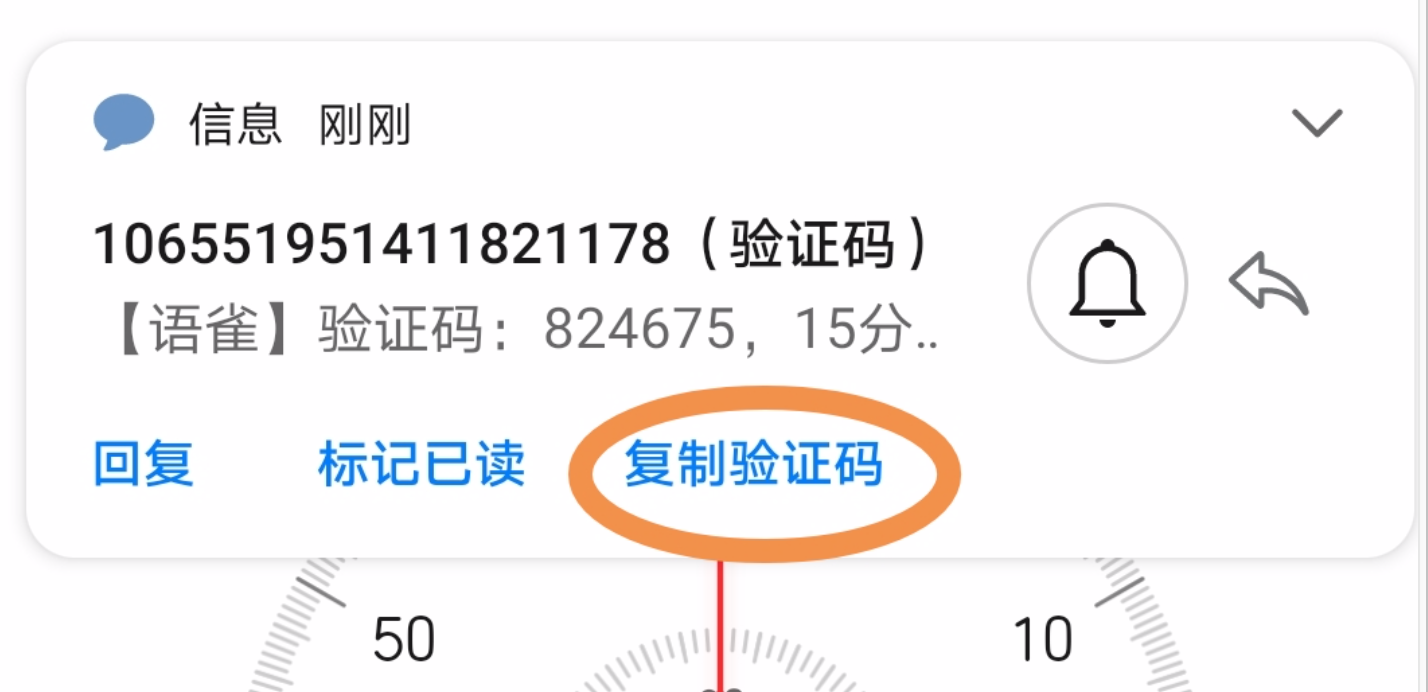Intent to Ship: WebOTP API: cross-device support
Yi Gu
Contact emails
yi...@chromium.org, go...@chromium.orgExplainer
https://github.com/WICG/web-otp/blob/master/explainer.mdSpecification
https://wicg.github.io/web-otp/API spec
YesDesign docs
https://docs.google.com/document/d/1SlIaRlH0WEvvLMtQJZMuwZbH5bRs6SCPlxXwwnJQHMU/edit?Summary
The WebOTP API reduces user journey friction during phone number verification. Currently it's only available on Android.
We plan to bring this feature to desktop Chrome users. Note that:
1. No API or specification change in this project.
2. The cross-device support requires Chrome Sharing which is based on Chrome Sync. i.e. it's only available for Chrome users who have signed in with their Google credentials.
3. Users can always memorize the code and submit it manually as they do today.
Related I2S
Blink component
Blink>WebOTPSearch tags
webotp, web otpTAG review
API: https://github.com/w3ctag/design-reviews/issues/391TAG review status
Issues addressedRisks
Interoperability and Compatibility
WebKit: Positive Signal regarding SMS convention and Neutral Signal regarding imperative API. No signal regarding using this API in cross-origin frames. Note that Mac users can already do cross-device phone number verification if they have turned on iMessage auto-sync.
Web developers: Positive for using this API
Activation
To use this API on desktop, developers just need to do the same as they use it on mobile.
Security
Is this feature fully tested by web-platform-tests?
Yes [1, 2]Tracking bug
https://bugs.chromium.org/p/chromium/issues/detail?id=1015645Launch bug
https://bugs.chromium.org/p/chromium/issues/detail?id=1183062Sample links
https://web-otp-demo.glitch.me/Link to entry on the Chrome Platform Status
https://www.chromestatus.com/feature/5702992143581184Mike West
--
You received this message because you are subscribed to the Google Groups "blink-dev" group.
To unsubscribe from this group and stop receiving emails from it, send an email to blink-dev+...@chromium.org.
To view this discussion on the web visit https://groups.google.com/a/chromium.org/d/msgid/blink-dev/CACh2XCP8zM5VXP7roAcxFBKWZh5Ns2cH7rpwj%3DAi-G58WVtTHg%40mail.gmail.com.
Mathias Bynens
--
Yi Gu
Yi Gu
Mathias Bynens
一丝

Yi Gu
Daniel Bratell
LGTM1
I like that this API becomes more cross platform, though for many
vendors it will be hard to implement in a meaningful way. In a
future I would like to see this functionality implemented in a way
that disconnects the feature from the Chrome browser, making it
more useful and more reliable.
Making the implementation less dependent on the browser might require platform support so I do not expect such a change to happen soon, but it would be great if you could communicate such a request to relevant platform people.
/Daniel
To view this discussion on the web visit https://groups.google.com/a/chromium.org/d/msgid/blink-dev/CACh2XCMqAz5GmJ1D3osrj-Hk1sbcT_tSNMM_UoFiqdi%3DwmHkmA%40mail.gmail.com.
Chris Harrelson
To view this discussion on the web visit https://groups.google.com/a/chromium.org/d/msgid/blink-dev/2f995091-2a32-f40a-79ac-e70aa52f206f%40gmail.com.
Yoav Weiss
To view this discussion on the web visit https://groups.google.com/a/chromium.org/d/msgid/blink-dev/CAOMQ%2Bw8qDhb-dypT0t52cBWjgNX2v%3DgCMw1X6xF-xAy0CKLgVA%40mail.gmail.com.
